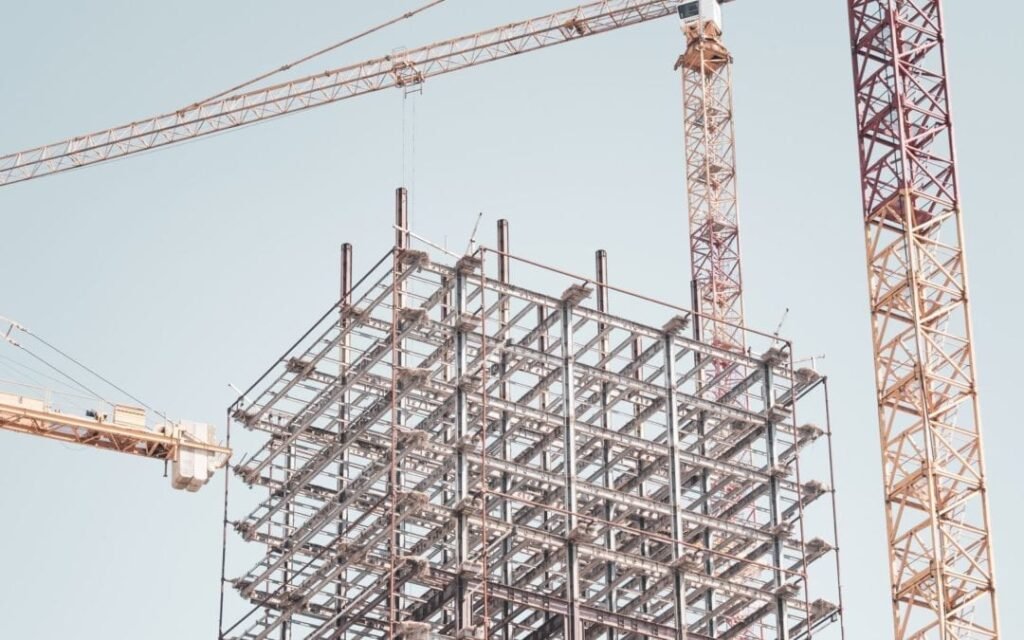In the world of infrastructure maintenance and engineering, one of the most insidious foes is corrosion.
This chemical or electrochemical reaction, which occurs when metal is exposed to oxygen and moisture, can lead to significant degradation of both the aesthetic and structural integrity of materials over time.
Given the pervasive nature of corrosion, its prevention is paramount for the longevity, safety, and functionality of infrastructure across the globe. This blog post delves into the importance of corrosion prevention and the strategies employed to mitigate its effects.
Understanding Corrosion and Its Impacts
Corrosion is not just a surface-level issue; it penetrates deep into the material, compromising its strength and durability.
This can lead to catastrophic failures in infrastructure such as bridges, pipelines, and buildings, posing potential risks to public safety and necessitating expensive repairs or replacements.
Beyond the immediate safety concerns, corrosion also has a significant economic impact, with billions spent annually on corrosion control measures and mitigation worldwide.
The Critical Role of Corrosion Prevention
Preventing corrosion before it starts is far more cost-effective than addressing its consequences.
Effective corrosion prevention strategies not only extend the lifespan of infrastructure but also contribute to environmental sustainability by reducing the need for replacement materials and decreasing waste.
Furthermore, these strategies ensure that infrastructure continues to function as intended, supporting economies and societies without interruption.
Industrial Chemical Solutions in Corrosion Prevention
Industrial chemical solutions are crucial in fighting corrosion. These chemicals, like inhibitors and coatings, shield metal from corrosive elements. Inhibitors slow corrosion, while coatings physically isolate metal. Industries using these solutions see reduced damage and costs. Modern chemistry boosts infrastructure durability, emphasizing the need for science in corrosion prevention. Leveraging advanced materials ensures ongoing infrastructure safety.
Strategies for Corrosion Prevention
1. Material Selection
One of the first lines of defense against corrosion is the careful selection of materials. Engineers often choose materials that are inherently resistant to corrosion for use in environments known to promote this reaction. Stainless steel, for example, is used in applications where resistance to corrosion is crucial due to its protective chromium oxide layer.
2. Protective Coatings
Applying protective coatings is another common method for preventing corrosion. These coatings act as a barrier between the metal and corrosive elements. Paints, plating, and powder coatings are among the types of protective layers that can be applied, each suited to different conditions and applications.
3. Cathodic Protection
Cathodic protection is an electrochemical process that slows the corrosion of a metal surface by making it the cathode of an electrochemical cell. This technique is particularly useful for protecting pipelines and underground tanks from soil corrosion.
4. Environmental Control
Controlling the environment around the infrastructure can also significantly reduce corrosion rates. This might involve using dehumidifiers to control moisture levels in air or adding inhibitors to water to decrease its corrosivity. Such strategies are essential in industries where environmental conditions cannot be easily changed.
5. Regular Maintenance and Inspection
Regular maintenance and inspection play a crucial role in early detection and prevention of corrosion. Routine checks allow for the identification of potential issues before they escalate, ensuring that protective measures are intact and effective.
Advancements in Corrosion Prevention Technology
Recent years have seen significant advancements in corrosion prevention technologies.
Innovations include smart coatings that can heal themselves or signal when damage occurs, advanced materials engineered at the molecular level to resist corrosion, and sophisticated monitoring systems that use sensors to detect corrosion in real-time.
These emerging technologies promise to further enhance our ability to protect infrastructure from the ravages of corrosion.
The Way Forward
As we look to the future, the importance of corrosion prevention in preserving infrastructure remains clear.
Continued investment in research and development, alongside the implementation of best practices in corrosion management, is essential.
By doing so, we can safeguard our infrastructure, ensuring it remains robust, functional, and safe for generations to come.
Conclusion
Corrosion is an inevitable challenge faced by all infrastructure, but through diligent prevention and innovative engineering, its impacts can be significantly mitigated.
By understanding the mechanisms of corrosion and employing a combination of traditional and cutting-edge strategies, we can preserve the integrity and functionality of our infrastructure.
The importance of corrosion prevention cannot be overstated—it is a critical component of sustainable infrastructure management that ensures the safety, efficiency, and longevity of our built environment.
